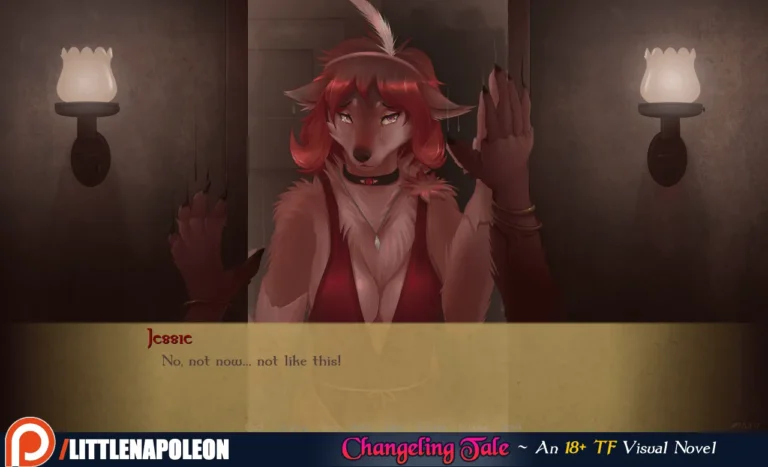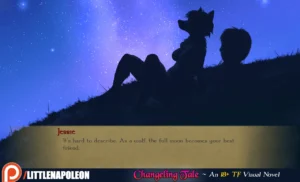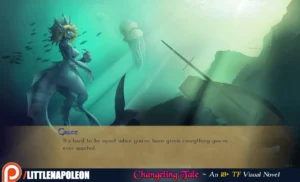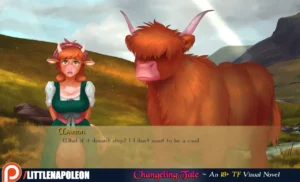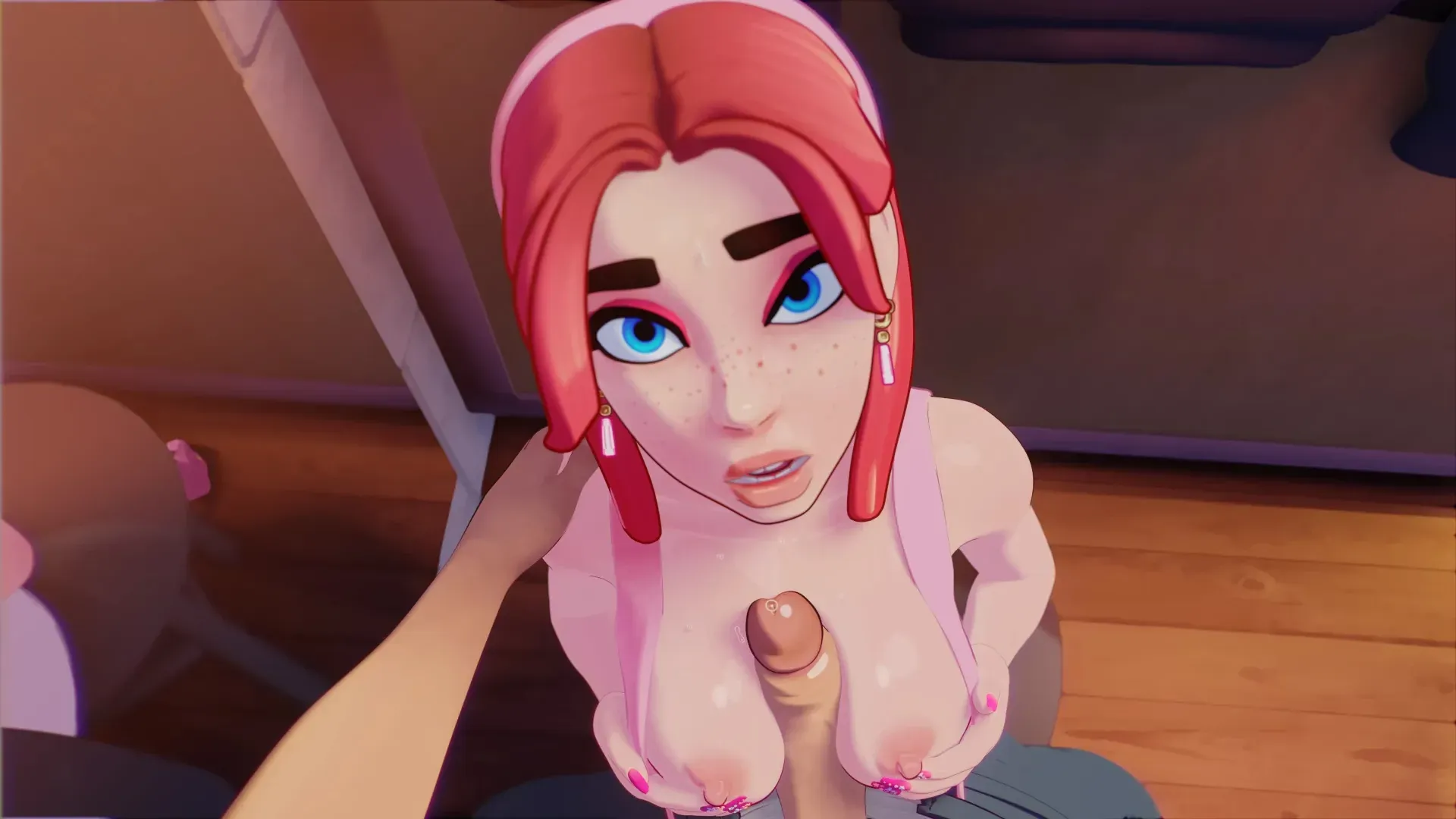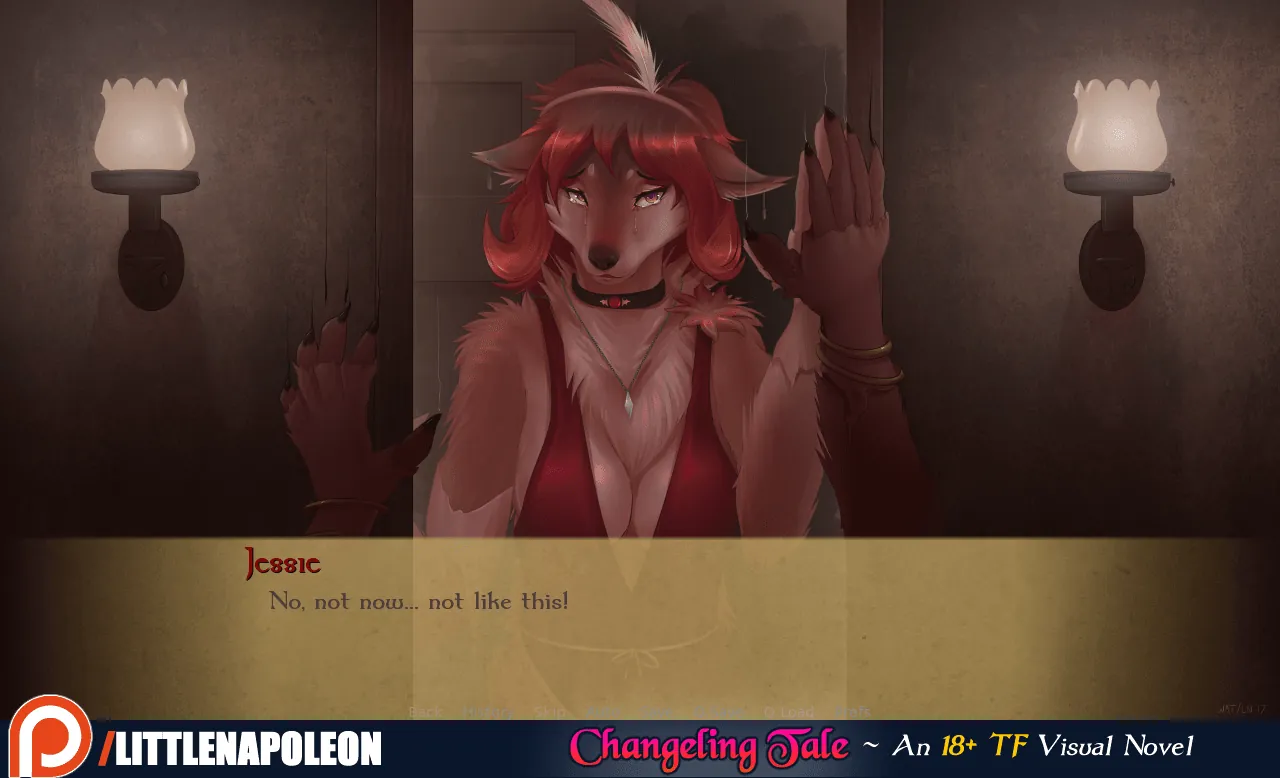
Play Changeling Tale
Changeling Tale review
How narrative depth transforms adult-themed gaming experiences
When I first explored Changeling Tale’s misty Scottish Highlands setting, I discovered more than expected from a visual novel. This 1919-era story combines wartime trauma with Celtic mythology through Malcolm’s return to his hometown, creating a template for mature storytelling in adult-oriented games. Our analysis reveals how developers balance emotional depth with romantic elements through three distinct character arcs.
Narrative Architecture & Character Development
Post-War Psychology in Fantasy Contexts
Picture this: you’re knee-deep in mud, rats gnawing at your boots, and the air reeks of gunpowder and despair. Now imagine carrying that trauma into a world where folklore creatures roam Scottish moors. That’s the WW1 trauma representation at the heart of Changeling Tale—a game that doesn’t just mention historical pain but bakes it into every pixel of its visual novel narrative structure.
Take Malcolm, the shell-shocked soldier whose nightmares aren’t just flashbacks—they’re literal portals to a mythic underworld. One scene shows him drowning in a trench that morphs into a kelpie’s watery grave, his screams blending with the howl of a banshee. It’s raw, visceral, and so far from the sanitized war stories we usually get. As lead developer Clara Mertens puts it: “We didn’t want to romanticize the Great War. We wanted players to feel its weight in their bones—the way it reshapes reality.”
The McLoud sisters—Marion, Jessie, and Grace—aren’t just love interests or quest-givers. They’re fractured mirrors reflecting different survival strategies. Marion clings to duty (healing spells as coping mechanisms), Jessie rages against invisible chains (lycanthropy as PTSD), and Grace… well, let’s just say her aquatic metamorphosis isn’t just about growing gills. 🐺🌊💊
| Character | Mythological Archetype | Trauma Theme | Transformation Symbol |
|---|---|---|---|
| Marion | Celtic healer goddess | Survivor’s guilt | Regenerative magic |
| Jessie | Selkie/werewolf hybrid | Suppressed rage | Lunar cycles |
| Grace | Water spirit | Dissociation | Aquatic metamorphosis |
Mythological Integration Through McLoud Sisters
Here’s the kicker: Changeling Tale doesn’t just slap a “Made in Scotland” sticker on its lore. The Scottish folklore integration is woven into the sisters’ DNA. Marion’s healing rituals? Straight from 17th-century “charmers” who mixed herbs and incantations. Jessie’s lycanthropic episodes? A gritty reboot of selkie legends—except instead of shedding sealskins, she’s battling war-induced fury under a blood moon. 🌕🔪
Grace’s route hits hardest for me. There’s a scene where she transforms into a merrow (Scottish mermaid) while singing a Gaelic lullaby her mother taught her. The water isn’t a cute Disney backdrop—it’s suffocating, a metaphor for drowning in memories. As Clara notes: “We researched oral histories from WW1 nurses. Their accounts of ‘liquid nightmares’—drowning in pus, blood, rainwater—directly inspired Grace’s arc.”
What makes this Changeling Tale character analysis so compelling? The sisters aren’t trauma porn. Their mythic traits are tools for agency. Choose Jessie’s route, and you’ll help her channel lycanthropy into protecting her village—turning a curse into a weapon. It’s like the game whispers: “Your pain isn’t a weakness. It’s a language older than time.” 🗡️✨
Transformation Symbolism Beyond Surface-Level Tropes
Let’s get real: most adult games treat transformation as a cheap excuse for… ahem… “spicy” visuals. Changeling Tale flips the script. Every metamorphosis is a metaphor for emotional healing, not a wardrobe change.
Take Jessie’s “beast mode.” At first, it’s pure chaos—shattered furniture, claw marks on walls. But as you progress, her transformations sync with lunar phases, becoming calculated strikes against corrupt landlords exploiting veterans. It’s not about taming the beast; it’s about collaborating with it. 🐾⚔️
Grace’s aquatic shifts are even smarter. Her gills only appear when she’s honest about her war memories. Lie to protect others? She starts choking on air. It’s a brutal reminder: transparency = survival. As for Marion, her “healing” magic literally drains her life force—a nod to caregivers neglecting their own needs.
Pro Tip: Want to write meaningful transformation arcs? Ask: “What emotional truth does this change reveal?” If it’s just cosmetic, scrap it.
The genius here? Changeling Tale uses mythology in adult games to explore recovery without preachiness. You’re not just clicking through dialogue—you’re navigating the messy, non-linear path of healing. And isn’t that the real magic? 🔮💖
So, next time you boot up the game, listen closely. Those howls and whispers? They’re not just folklore. They’re a century-old soldier’s heartbeat—still fighting, still surviving.
Changeling Tale redefines expectations for story-driven adult games through its meticulous blending of historical trauma and mythological symbolism. The McLoud sisters’ routes offer distinct lenses for examining post-war recovery, proving that romantic elements can enhance rather than dilute serious themes. For those seeking narrative depth beyond surface-level tropes, this visual novel deserves first priority in your gaming queue.
